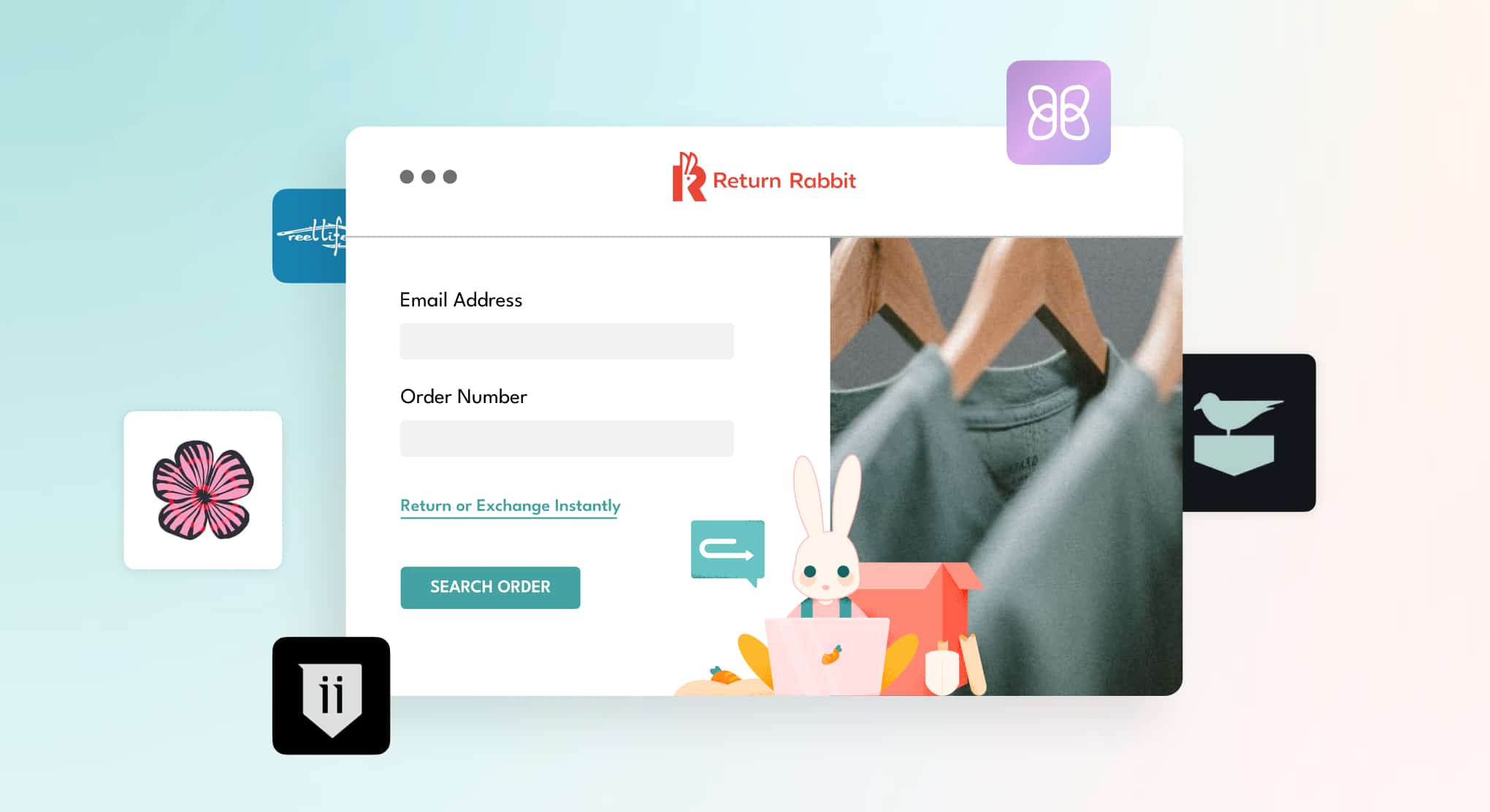It’s no secret that the goal of a retailer’s returns management program is to both increase revenue and profitability. In this article, we will explore 4 ways you can use your returns program to strengthen your business performance.
Using returns to strengthen shopper confidence and conversion rates
A time-proven New York Times article from 2007 said, “A return policy is good for brick-and-mortar stores, and it’s essential for doing business online.” Research and data continue to affirm that huge percentages of shoppers are more likely to purchase from retailers who offer generous returns policies. I’ve noticed this throughout most of my own journey as a consumer, but especially one recent experience.
Earlier this year, I decided to purchase a Fezzari road bike. Fezzari is a lesser-known brand with an online only DTC model that enables them to offer high-spec bikes at price points well below comparable options from major brands.
As good as Fezzari looks on paper, I was still nervous about choosing a boutique brand that I had no experience with and couldn’t see in person at a retail store. I might not have been willing to make the leap if Fezzari didn’t offer a “Love It or Return It” policy which allows bikers to get a full refund, including return shipping costs, for any reason during the first 30 days of ownership. For me, that meant I could trial the bike for a few hundred miles before deciding to keep or return. I’ve now logged over 1,000 miles on the bike and have absolutely loved everything about it.
Regardless of whether you are a contender brand or the market leader, offering a customer-centric returns policy gives uncertain shoppers the confidence needed to spur trial in the face of the many uncertainties associated with buying online.
If you don’t already offer a risk-free returns policy, try putting one in place, and promoting it on your homepage and on product pages throughout your site. Monitor your conversion rates to see if your return policy can help improve your ability to win more customers.
Using returns to improve your customer experience
“I love to engage in back-and-forth emails and phone calls when I want to return an online purchase,” – said no one ever.
For most online retailers, an average of 22% of orders result in a return. Consider that this number is deflated by the large volume of online retailers who either don’t offer a returns program, or offer a limited program—causing shoppers to keep when they otherwise might have returned. Put simply, A lot of your shoppers will experience your returns program. You need to consider what kind of experience they have, and how their return experience will impact their willingness to shop again in the future or recommend your brand to friends.
A 2019 survey by USPS showed that 73% of shoppers said their experience with returns would impact their decision to buy again from a web retailer.
Let’s do the math here.
If 22% of your shoppers return (or try to return) a product and have a poor experience, and 73% of them use their experience as a reason not to purchase again, then you’ve just lost 16% of your customers due to a poor returns experience.
KEY QUESTIONS: What is your customer lifetime value (LTV)? What is your customer acquisition cost (CAC)?
If either one of these numbers, or the sum of the two is larger than the menial price of a returns management solution, then you should really consider subscribing to an automation tool. Might I suggest Return Rabbit? Over 5,000 surveyed shoppers gave Return Rabbit a score of 9.4/10 on satisfaction with the return process.
Using returns automation to save on customer service costs
Scaling your business efficiently involves a combination of both growing revenue and reducing cost. An effective returns management solution will help your business reduce operating costs by increasing the capacity of your customer service team.
Our research across hundreds of merchants indicates that a manual returns process (one that is managed through phone calls and emails) takes a minimum of 5 minutes of labor to coordinate a return with most merchants saying each return request requires 10 minutes of processing. Common processing tasks include reading a customer email, generating a return label, responding to the customer, releasing a refund, and sending a refund confirmation email.
The good news? All these tasks (and more) can be automated, saving your team precious hours each month.
Focusing your returns program on converting to exchanges
This month, Return Rabbit released its proprietary REX system which upgrades our shopper returns portal with a powerful exchange recommendation engine, dynamic exchange incentives, and a workflow that optimizes shopper experience allowing retailers to win more exchanges. The net result is a significant increase in exchanges and more revenue retained.
Consider the math for even a small retailer with $200K in sales each year and a standard return rate of 22%. During the year, this retailer actually sold $256K in merchandise, but had $56K in refunds. This means a one percentage point reduction in refund rates to 21% results in an additional $2,564 in retained revenue. Now consider the impact on merchants with millions or tens of millions in sales with a multi-point reduction in refund rates. Merchants, our REX system can literally drive significant dollars to your bottom line.
Are you ready to strengthen your business performance with a leading returns management platform that will delight your customers and convert refunds into exchanges? Schedule a 30 minute demo.





